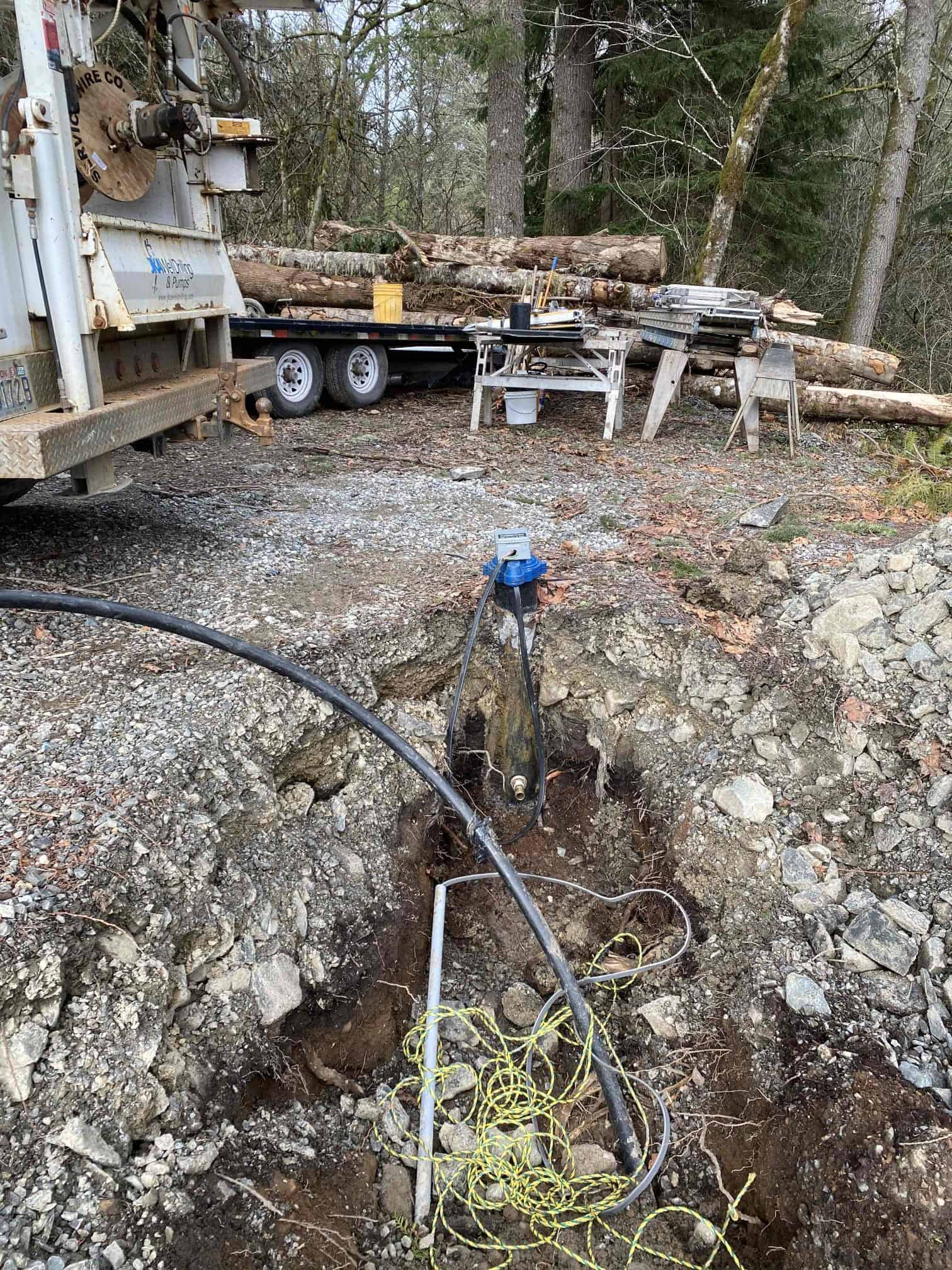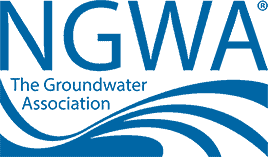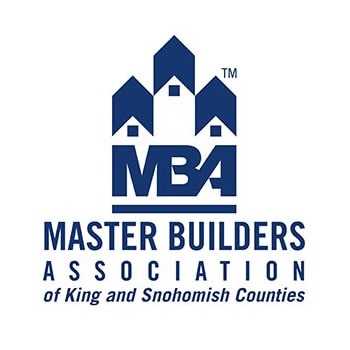If you’re a homeowner with a water well, you know the importance of protecting your wellhead from the elements. While it doesn’t often get that cold in the Puget Sound region, we do tend to get short bouts of freezing conditions that can cause serious damage to a wellhead, potentially leading to costly repairs or even rendering the well inoperable. One solution to this problem is installing a pitless adapter. Here’s everything you need to know about pitless adapters and how they can help frostproof your wellhead.
What is a Pitless Adapter?

Stainless Steel Pitless Adapter from Boshart Industries.
A pitless adapter is a plumbing fitting that allows the water line to exit the well casing without the need for a pit/vault next to or over the well. In the old days, wells would be completed at 2ft to 8ft below ground, and a concrete vault would be constructed around the wellhead. The water lines would come out of the top of the wellhead and go through the other equipment before going back underground on the way to the house. Vaults can create flood and contamination risks for water wells and were outlawed in Washington as a completion method in the early 1970s.
Benefits of Pitless Adapters
Pitless adapters offer a number of benefits over traditional well setups. The most obvious advantage is that they help protect your wellhead from frost damage. This is especially important in colder climates where freezing temperatures can cause serious problems for well owners. By burying the water line below the frost line, the risk of freezing is greatly reduced.
Another advantage of pitless adapters is that they make measuring water levels and checking well and pump performance periodically an easy task for our technicians, and even you the homeowner if you’re interested in getting the proper tools to do so. Also, a pitless adapter allows for an easier installation of a hand pump, such as the Simple Pump.
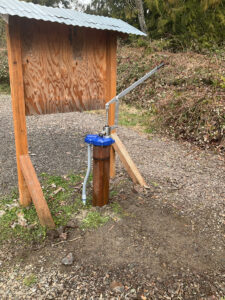
An example of a Simple Pump installed in a well in Duvall, Washington.
Pitless adapters are also more aesthetically pleasing than traditional setups. Because the water line is buried underground, there’s no unsightly insulated box or ‘wishing well’ structure around the wellhead. This can be especially important if you have a well in a highly visible location on your property.
Installation and Maintenance
Installing a pitless adapter is a job for a licensed well contractor. The installation process involves cutting the well casing, inserting the adapter, and then attaching the water line to the adapter. Because the process involves cutting into the well casing, it’s important to use a qualified professional to ensure that the job is done correctly.
Once the pitless adapter is installed, it requires very little maintenance. However, it’s important to ensure that the adapter is properly sealed to prevent contamination from entering the well. This means regularly inspecting the adapter and making any necessary repairs or adjustments.
Can a Pitless be Retrofitted?
Yes! We install many pitless adapters in existing well/pump systems for frost protection purposes. It does sometimes require a fair amount of excavation near the well to expose enough water piping to allow for the installation, but it’s typically only a 1-day process. Call us today to book a technician to provide an estimate to install a pitless in your well!
Conclusion
If you’re a homeowner with a water well, protecting your wellhead from frost damage is essential. One way to achieve this is by installing a pitless adapter. Pitless adapters offer a number of benefits over traditional setups, including frost protection, convenience, and aesthetics. While the installation process is best left to a professional, the long-term benefits of a pitless adapter make it a worthwhile investment for any well owner
